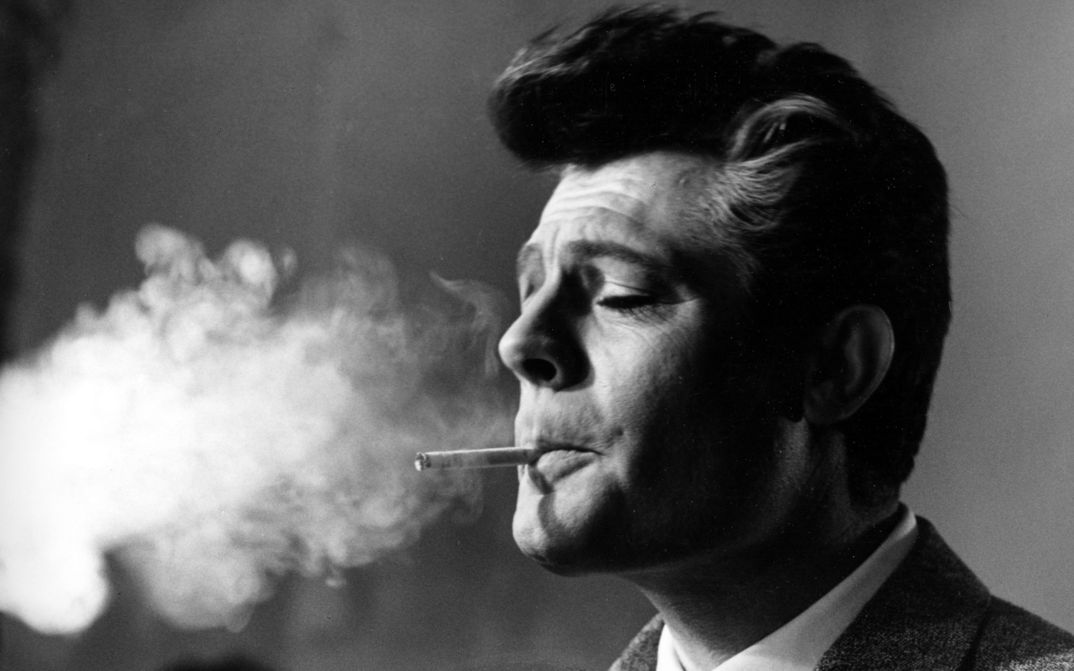Hommage Marcello Mastroianni

Marcello Mastroianni (1924–1996) was one of the most important actors of the second half of the 20th century. In over 150 films, he showed his versatility in the most diverse genres, in light comedies as well as in existential dramas. His impressive screen presence, his melancholy gaze and discreet charm, the versatility of his portrayal and the capacity to convey the most complex of emotions without any forced expression made him a unique phenomenon in European cinema.
Born into a family of artisans near Naples in 1924, Marcello Mastroianni (originally Mastrojanni) grew up in Turin and Rome. He worked as a draughtsman in the Italian capital during the war and later studied architecture. He also took acting classes and was discovered on the student stage by Luchino Visconti in 1948, who employed him until 1956 as a character actor in his ensemble at the Teatro Eliseo. He starred in plays by Tennessee Williams, Arthur Miller, Goldoni, Shakespeare and Chekhov for example. Mastroianni also took on small parts in the cinema and had his first notable roles from 1950 in the films of the director Luciano Emmer. Mastroianni’s Italian breakthrough was in 1954 when he played in Alessandro Blasetti’s comedy PECCATO CHE SIA UNA CANAGLIA (Too Bad, She’s Bad). It was the first of 12 films in which he starred with Sophia Loren, and the one that established his character of the good-natured, naive young man with simple origins. Later, Visconti, Federico Fellini and Michelangelo Antonioni liberated him from this cliched role in popular comedies and allowed him to play more complex, intellectual characters. LA DOLCE VITA (1960), his first work with Fellini and one that was for him both a consecration and a trial, added cosmopolitan extravagance to his popular picturesque character - the nice guy next door had matured into a man of the world who would express the mood of the era. The global success of the film gave him access to European auteur cinema. He went on to make movies of all genres with the most renowned filmmakers in Italy and neighboring countries. From the comic characters of the Commedia all'italiana to lost existential figures, from broken lovers to Fellini's alter ego, Marcello Mastroianni embodied the idea of the typical Italian man with all his contradictions. In his late work, much of which was made outside Italy by directors such as Theo Angelopoulos, Nikita Mikhalkov and Manoel de Oliveira, he developed the figure of the nostalgic dreamer, with great poetry.
Until October 16th, we will be presenting a selection of 16 feature films starring Marcello Mastroianni from the 1950s and 60s, in cooperation with the Istituto Italiano di Cultura di Berlino. The program will be supplemented by a portrait taken by the actor’s partner Anna Maria Tatò three months before his death in autumn 1996. (Hans-Joachim Fetzer)
With the support of the Istituto Italiano di Cultura di Berlino.


